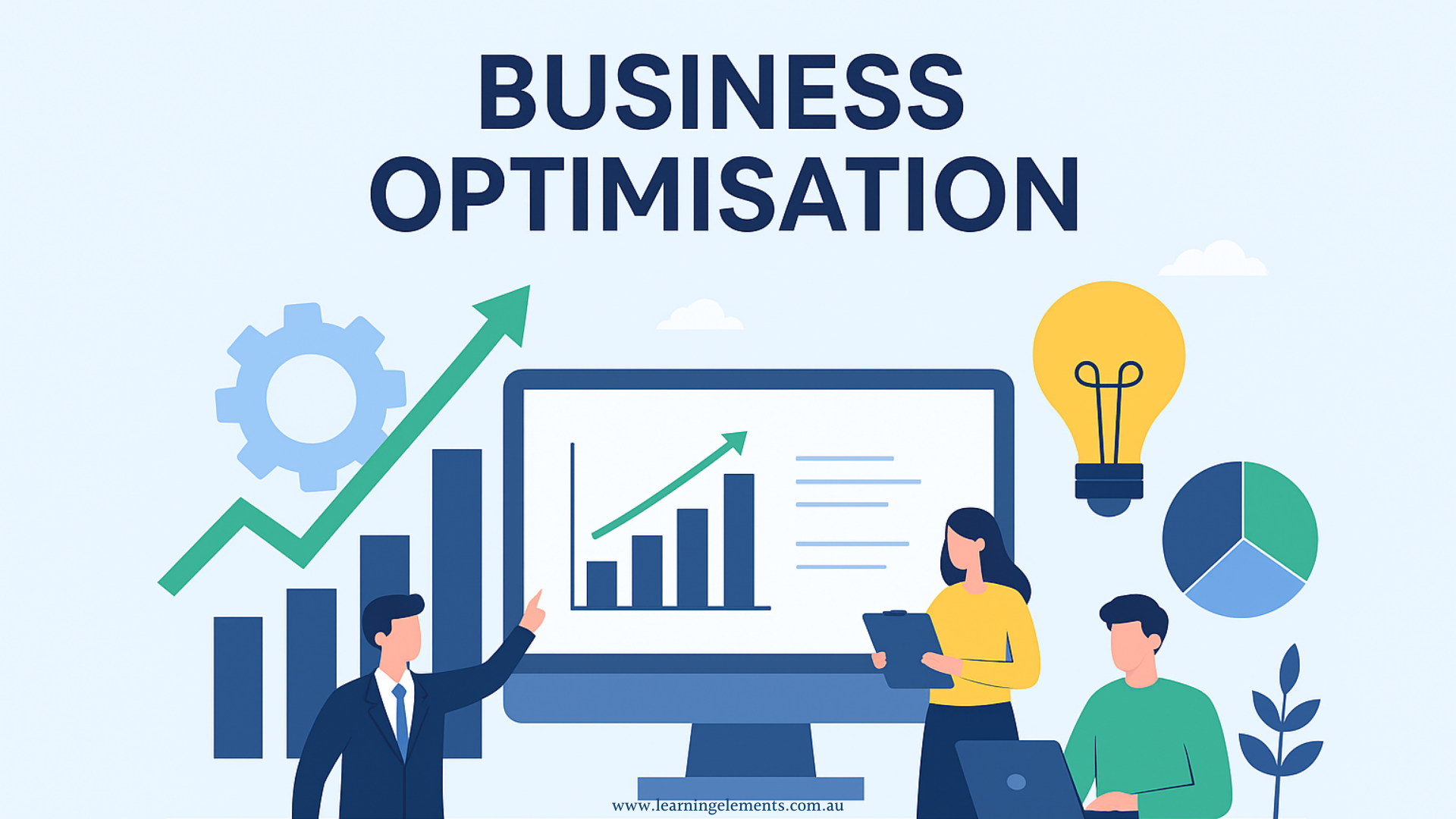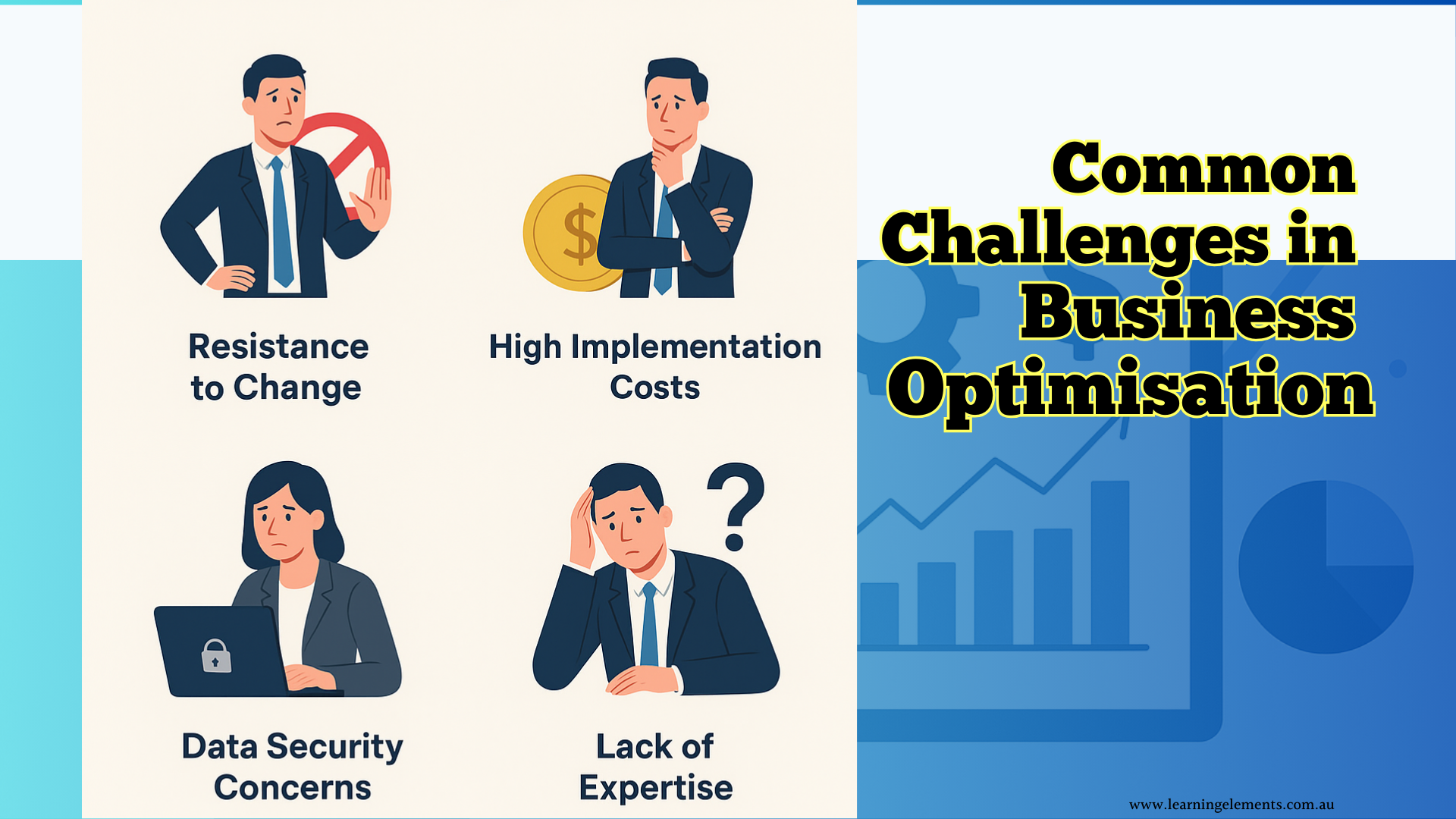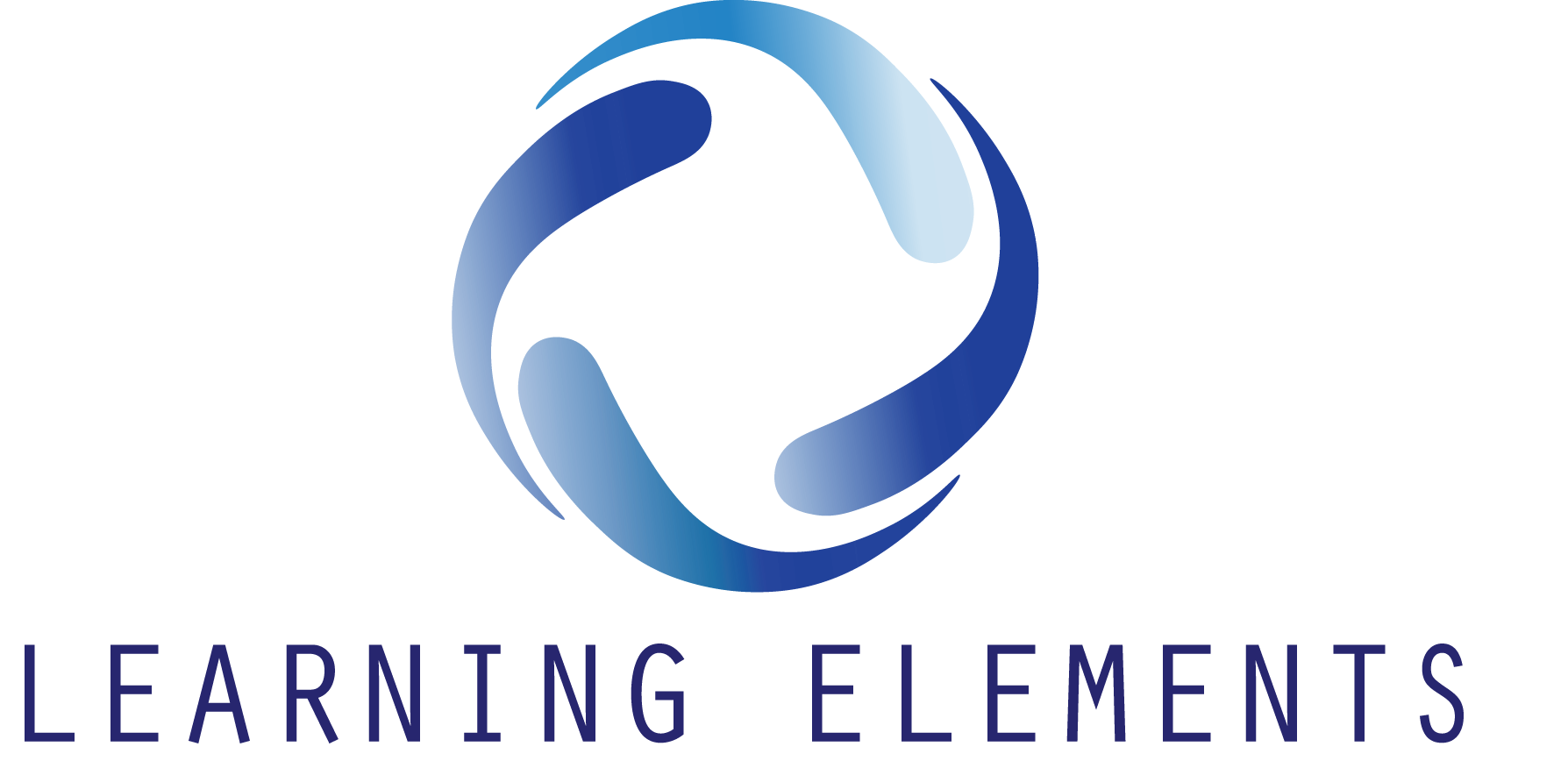Business Optimisation Solutions: Enhancing Efficiency and Profitability
Are you looking for ways to run your business more efficiently while boosting profitability at the same time? Success today hinges on agility, efficiency, and innovation. This is where business optimisation solutions play a vital role, offering strategies and technologies that refine workflows, cut unnecessary costs, and unlock new levels of growth. Whether you are a small business looking to grow or an established organisation aiming to sharpen your competitive edge, this article will show you how optimisation can provide the foundation for lasting success.
What is Business Optimisation?
Business optimisation is the strategic process of improving workflows, systems, and operations to achieve maximum efficiency and profitability. It’s not about working harder, but about working smarter. Whether it’s automating repetitive tasks, streamlining supply chains, or leveraging real-time data analytics, optimisation ensures that every resource is used effectively.
Why Optimisation is Crucial for Modern Enterprises
Businesses that ignore optimisation risk falling behind competitors, missing revenue opportunities, and failing to meet rising customer expectations. Customers now expect speed, accuracy and personalisation, and companies that fail to adapt quickly often struggle to maintain loyalty. Inefficient systems also drain resources, leaving little room for innovation or growth.
In contrast, organisations that embrace optimisation solutions achieve greater efficiency, stronger profitability, and long-term sustainability. By streamlining processes and using technology to enhance decision-making, these businesses can pivot more effectively during market shifts, weather economic uncertainty, and seize new opportunities faster than competitors. Ultimately, optimisation becomes not only a growth strategy but also a survival necessity in modern industries.

Core Pillars of Business Optimisation
–Streamlining Operations and Workflows
Efficiency begins with removing redundancies. Simplifying workflows, standardising procedures, and cutting out unnecessary steps create smoother operations that save time and reduce costs. For instance, replacing manual paperwork with digital approvals speeds up processes and eliminates bottlenecks. When teams have clear, documented procedures, mistakes decrease, and accountability improves. Streamlining is not just about cutting waste as it ensures that resources are channelled into the activities that truly drive business growth.
–Leveraging Technology and Automation
From AI-driven analytics to robotic process automation (RPA), technology plays a key role in driving optimisation. Automated systems reduce human error, increase output, and free staff to focus on strategic work. For example, an automated invoicing system can process hundreds of transactions in minutes compared to hours of manual effort. Beyond efficiency, automation also enhances accuracy and provides valuable data for forecasting. Companies that leverage automation tools gain not only speed but also insights that support smarter, future-focused decisions.
–Improving Resource Allocation
Allocating the right resources at the right time ensures that projects are delivered on schedule without overspending. This often involves workforce management tools and project planning software that match staff skills to tasks, prevent overwork, and avoid underutilisation. Optimisation also applies to financial resources, ensuring budgets are directed towards high-value projects. Businesses that master resource allocation can operate with leaner teams and tighter budgets while still achieving ambitious goals.
–Data-Driven Decision Making
Data is the new currency of modern business. Companies that harness data analytics can anticipate trends, identify inefficiencies, and make informed decisions that directly impact profitability. Rather than relying on guesswork, leaders can base strategies on real-time insights, from customer behaviour patterns to supply chain performance. Predictive analytics goes further by helping organisations prepare for potential risks or shifts before they occur. This data-driven approach ensures that decisions are not only faster but also smarter, reducing risks and unlocking new growth opportunities.
Benefits of Implementing Business Optimisation Solutions
Boosting Operational Efficiency
Businesses that streamline workflows and eliminate redundancies can deliver projects faster, reduce operational costs, and serve more customers with the same resources. Efficiency also creates a ripple effect across the organisation—teams are more productive, projects move forward without delays, and managers can focus on strategy rather than troubleshooting. In industries where time equals money, such as logistics and healthcare, these efficiency gains directly translate into stronger financial performance.
Enhancing Profitability and ROI
Every dollar saved through better processes directly increases profitability. Businesses often see strong returns on investment when implementing optimisation technologies because reduced waste and smarter operations lead to long-term cost savings. For instance, a company that adopts predictive maintenance tools in manufacturing may significantly cut repair costs and downtime, translating into millions in savings over time.
Strengthening Customer Experience
When processes are efficient, customers benefit from quicker service, accurate solutions, and consistent quality. A business that reduces delivery times, improves product accuracy, or enhances communication instantly earns trust and loyalty. Customers today expect seamless experiences across all touchpoints, and optimisation ensures businesses can meet these demands reliably. A positive experience not only generates repeat business but also creates advocates who recommend the brand to others, amplifying growth through word of mouth.
Gaining a Competitive Edge
In saturated markets, small efficiency gains can translate into significant competitive advantages, helping businesses stand out. Competitors that operate with outdated systems often cannot match the agility and cost-effectiveness of optimised companies. For example, a retail business that integrates real-time stock updates and automated online sales tools will always outperform one that relies on manual inventory checks. By continually refining operations, optimised businesses remain ahead of industry shifts, ensuring long-term relevance and success.
Ready to unlock the full potential of your business?
Explore how tailored optimisation strategies can help you streamline processes, boost profitability, and strengthen customer satisfaction. Take action today and equip your team with the knowledge and tools needed for long-term success.
Key Business Optimisation Solutions for Different Sectors
Digital Transformation in Small and Medium Enterprises (SMEs)
Australian SMEs often face resource constraints, but digital transformation can level the playing field. Cloud-based accounting systems, customer relationship management (CRM) platforms, and project management tools allow smaller businesses to operate like larger competitors.
For instance, a family-owned retailer might use e-commerce platforms integrated with inventory management software, ensuring products are always in stock and customers receive timely deliveries.
Supply Chain and Logistics Optimisation
Supply chains are complex, especially in industries like agriculture, mining, and retail. Optimisation solutions such as predictive analytics, real-time tracking, and warehouse automation help businesses cut down on costs while ensuring products reach customers faster.
Financial and Cost Management Tools
Financial optimisation ensures that businesses remain profitable even during downturns. Tools such as expense-tracking software, automated invoicing, and financial dashboards give businesses clear visibility into spending and allow for smarter cost-cutting decisions.
Workforce Productivity Enhancements
Human resources remain at the core of every business. Workforce optimisation involves employee scheduling software, performance analytics, and upskilling initiatives. By aligning workforce capabilities with organisational goals, companies can boost morale and output simultaneously.
Technology’s Role in Business Optimisation
Artificial Intelligence and Machine Learning
AI is revolutionising optimisation. From customer chatbots to predictive analytics, machine learning helps businesses anticipate challenges, personalise customer experiences, and improve operational forecasting.
Cloud Computing and SaaS Platforms
Cloud technology allows companies to access software solutions without heavy upfront costs. Software-as-a-Service (SaaS) platforms, such as Xero for accounting or Slack for communication, offer scalability, flexibility, and real-time collaboration.
Business Process Automation (BPA)
Automation is perhaps the biggest driver of optimisation. Repetitive tasks like invoice processing, email marketing, and customer service enquiries can be automated, allowing businesses to save time while reducing human error.
RELATED READ: AI Tools for Sales Teams

Common Challenges in Business Optimisation
Resistance to Change
Employees often fear change, worrying that automation may replace jobs. To overcome this, organisations must foster open communication and emphasise how optimisation enhances roles rather than eliminates them.
High Implementation Costs
While optimisation technologies can be expensive initially, they often pay for themselves through long-term savings. A clear cost-benefit analysis helps businesses justify the investment.
Data Security Concerns
With digital transformation comes the risk of cyber threats. Ensuring strong cybersecurity frameworks and compliance with data protection regulations is essential when adopting optimisation solutions.
Lack of Expertise
One of the most significant barriers to successful optimisation is a lack of in-house expertise. Many organisations recognise the need for improvement but struggle to identify the right tools, methods, or strategies to implement. Without proper knowledge, businesses risk investing in unsuitable technologies or applying solutions that do not align with their goals. This can lead to wasted resources and stalled progress.
To overcome this challenge, companies can invest in training programs, seek external consultancy, or partner with industry experts who bring practical experience and technical know-how. By building the right skills internally and accessing specialised guidance when needed, businesses can ensure their optimisation efforts are effective, sustainable, and future-ready.
Don’t let limited expertise hold your business back—book an expert consultation or outsource to a trusted specialist today.
Practical Strategies for Successful Business Optimisation
Conducting Process Audits
A business cannot optimise what it doesn’t measure. Regular process audits identify inefficiencies and highlight opportunities for streamlining operations. These audits also provide a clear picture of how well current systems align with business objectives, making it easier to prioritise areas that need immediate attention. By assessing workflows, resources, and outcomes, businesses can create a roadmap for optimisation that prevents wasted effort and ensures steady progress.
Adopting Agile Methodologies
Agile project management allows businesses to remain flexible in changing conditions. By breaking tasks into smaller, manageable sprints, organisations can adapt quickly while maintaining quality. Agile also improves communication across teams, reduces delays, and ensures that changes can be implemented without derailing entire projects. This flexibility is particularly valuable in industries where customer preferences or market conditions shift rapidly, enabling businesses to stay ahead of the curve.
Building a Culture of Continuous Improvement
Optimisation is not a one-time project but an ongoing journey. Encouraging innovation, rewarding efficiency, and fostering adaptability ensures long-term business growth. Businesses that embed continuous improvement into their culture empower employees to take ownership of problem-solving and innovation. Over time, this creates a proactive workforce that not only identifies inefficiencies but also drives initiatives to enhance productivity and service quality.
RELATED READ: How to Plan Your Continuous Professional Development (CPD) Strategy
Begin your optimisation journey by identifying the processes that hold the most potential for improvement. Even small, focused changes made today can deliver measurable results and pave the way for long-term growth.
Measuring Success: Key Performance Indicators (KPIs)
To ensure that optimisation efforts deliver real impact, businesses must track progress using measurable indicators.
Operational Efficiency Metrics
Metrics such as cycle time, turnaround time, and resource utilisation reveal how smoothly operations are running. Monitoring these allows businesses to identify bottlenecks and make timely adjustments that keep workflows efficient and cost-effective.
Financial Health Indicators
Profit margins, return on investment (ROI), and cash flow are key indicators of financial optimisation success. By keeping a close eye on these numbers, businesses can confirm whether their strategies are driving profitability while also identifying areas where cost controls or new investments may be needed.
Customer Satisfaction Scores
Customer retention rates, net promoter scores (NPS), and feedback surveys measure the impact of optimisation on customer experience. These metrics help businesses understand how operational improvements affect customer satisfaction and loyalty. By tracking them consistently, organisations can identify pain points in the customer journey and take corrective action quickly. A strong emphasis on customer experience not only boosts repeat business but also strengthens brand reputation, giving companies a clear competitive advantage.
Employee Engagement Metrics
Employee engagement is a vital measure of how well optimisation initiatives are being embraced internally. Metrics such as staff turnover rates, employee satisfaction surveys, and training completion levels reveal whether the workforce feels supported and motivated during periods of change. A highly engaged team is more likely to adopt new systems, contribute innovative ideas, and sustain long-term improvements. By tracking these indicators, businesses can ensure that their optimisation strategies not only improve efficiency but also build a resilient, committed workforce that drives growth forward.
How Business Optimisation Supports Long-Term Growth
While short-term efficiency gains are valuable, the true strength of business optimisation lies in its long-term benefits. Businesses that consistently evaluate and refine their operations enjoy:
- Sustainable Profitability – streamlined processes ensure consistent margins.
- Scalability – systems designed with optimisation in mind can grow with the business.
- Resilience – optimised businesses can adapt more easily to market changes or global disruptions.
Integrating Business Optimisation Into Organisational Culture
Technology alone isn’t enough. The most successful businesses integrate optimisation into their company culture. This means:
- Encouraging innovation at all levels.
- Training employees on new tools and processes.
- Rewarding efficiency improvements and creative problem-solving.
When optimisation becomes a cultural mindset rather than a one-off project, it drives lasting success.
Action Steps for Businesses Ready to Optimise
If you’re ready to embrace business optimisation solutions, here are some practical steps to begin:
- Audit your processes – identify areas with bottlenecks, redundancies, or outdated practices.
- Invest in the right technology – choose tools that align with your business size, industry, and growth plans.
- Start small and scale – implement optimisation gradually, measuring results at every stage.
- Engage your team – ensure staff are trained and motivated to embrace changes.
- Monitor KPIs – track performance and make data-driven adjustments.

Future Trends in Business Optimisation Solutions
Sustainability and Green Optimisation
Businesses are increasingly focusing on reducing environmental impact. Energy-efficient operations, sustainable supply chains, and eco-friendly packaging are becoming part of optimisation strategies.
Integration of AI-Powered Analytics
The next stage of AI adoption will move beyond automation into advanced predictive modelling, proactive risk prevention, and highly personalised customer experiences.
Hybrid Work and Remote Collaboration Tools
The future of hybrid work will demand smarter collaboration platforms that integrate seamlessly with automation, AI, and business analytics tools.
FAQs
1. What is the primary goal of business optimisation solutions?
The main goal is to improve efficiency, reduce costs, and increase profitability while maintaining customer satisfaction.
2. Are business optimisation solutions suitable for small businesses?
Yes, SMEs can benefit greatly, especially through affordable cloud-based and automation tools that level the playing field against larger competitors.
3. How do I measure the success of optimisation strategies?
Tracking KPIs such as profitability, operational efficiency, and customer satisfaction will provide a clear picture of success.
4. What industries benefit the most from optimisation solutions?
Industries like retail, logistics, finance, healthcare, and manufacturing often see the highest gains due to complex operations and high competition.
5. Are there risks involved in business optimisation?
Risks include high upfront costs, employee resistance, and cybersecurity concerns. However, with proper planning, these can be mitigated.
6. How can businesses overcome resistance to optimisation?
By involving employees in the change process, offering training, and communicating the benefits, businesses can reduce resistance.
Conclusion
Business optimisation is the process of transforming the way organisations operate to achieve smarter and more efficient outcomes. By leveraging technology, embracing data driven strategies and fostering a culture of continuous improvement, businesses can turn inefficiencies into valuable opportunities for growth. From SMEs adopting digital tools to corporations implementing AI driven analytics, the message is clear that those who embrace optimisation will lead while those who resist will fall behind. Business optimisation solutions provide the pathway to lasting efficiency, stronger profitability and a resilient future ready organisation.


